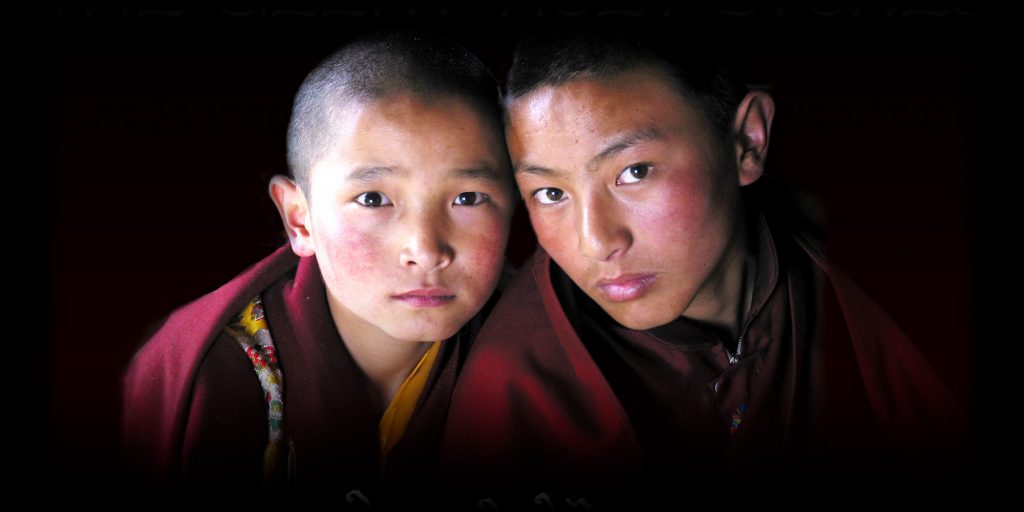Directors Lhapal Gya and Pema Tseden discuss the challenges of telling Tibetan stories.

When Lhapal Gya was growing up in Qinghai, a province on the Tibetan Plateau in northwestern China, the only way to watch movies was in bare-bones cinemas that were little more than four walls and a TV. The lineup was heavy on Hong Kong action titles, he remembers. But when Lhapal Gya was in high school, he saw “The Silent Holy Stones.” Made by director Pema Tseden, the movie is considered the first true Tibetan film made by Tibetans.
It was an inspiring experience. On Pema Tseden’s advice, Lhapal Gya first studied Tibetan literature before testing into the prestigious Beijing Film Academy. Now 32, he is considered a rising star of the Tibetan New Wave cinema movement, which seeks to tell authentic stories about life on the plateau.
Lhapal Gya debuted in 2018 with “Wangdrak’s Rain Boots,” a full-length feature for which Pema Tseden was the executive producer. Set in a remote Qinghai village, the story revolves around a boy worried about the changing weather because he is the only one who doesn’t have rubber boots. The film premiered during that year’s Berlin International Film Festival, winning widespread praise.
His second feature project, “The Great Distance Delivers Crane,” which just completed final edits and was presented at the Shanghai International Film Festival’s funding round on June 13, is about Tibetan children who set out on a journey to guard a black-necked crane.
Despite critical acclaim, Tibetan New Wave movies have found it hard to garner mass appeal. They are mostly arthouse productions, stuck between a lack of financing and a lack of popularity that reinforce one another. It’s proven hard to break through in a market dominated by films shot in Mandarin or other Han Chinese languages. Continue to read the full article here
– This article originally appeared on Sixth Tone.





